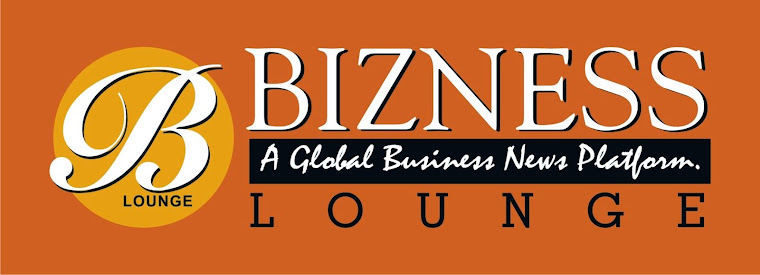
National Bank of Poland Governor Marek Belka said interest rates cuts were "very probable."
The Warsaw Interbank Offered Rate, what banks say they charge each other to borrow for three months, fell 33 basis points since Sept. 3, when National Bank of Poland Governor Marek Belka said cuts were “very probable.” Policy makers, who have kept the base rate unchanged for 15 months, will lower the benchmark by 25 basis points to a record 2.25 percent today, according to the median in a Bloomberg survey of 40 analysts.
With the German economy deteriorating and the crisis in Ukraine subjecting Russia to international sanctions, Polish growth is coming under pressure as
export markets suffer, manufacturing shrinks and consumer prices fall. Dropping interbank rates help spur loans to businesses and consumers.
“Interbank rates shows that banks have already discounted Belka’s cut today and that it won’t be the last one,” Grzegorz Ogonek, an economist at ING Bank Slaski SA in Warsaw said by phone yesterday. “Cuts will come slowly, but certainly, totaling 75 or 100 basis points in this easing cycle.”
Seven of 40 surveyed economists predict a 50 basis-point cut today, while the others expect a quarter-point reduction. Forward-rate agreements, or derivatives used to bet on interest rates, are predicting policy makers will cut the key rate by 39 basis points over the next three months, according to data compiled by Bloomberg.
Reduced Growth
Expansion in Poland’s $518 billion economy slowed to 0.6 percent in the second quarter from 1.1 percent in the first three months. The Finance Ministry lowered its 2015 growth forecast to 3.4 percent from 3.8 percent amid slowing growth in the euro area, which buys 54 percent of the country’s exports.At the same time, inflation has stayed below the central bank’s 2.5 percent target for 17 months, with consumer prices turning negative for the first time since the statistics office started collecting comparable data in the 1980s.
The 10-member Monetary Policy Council, led by Belka, rejected motions to reduce rates by 50 and 25 basis points on Sept. 3. While policy makers are returning to monetary easing, after slashing rates by 225 basis points between November 2012 and July 2013, they differ on the scope of the looming cuts.
‘Non-Standard’
Panelist Andrzej Bratkowski predicted as much as 1.5 percentage points of reductions would be needed “if stagnation deepens,” according to comments to PAP newswire on Sept. 24. The central bank should just fine-tune its policy to adjust to lower-than-expected inflation without moving to an easing mode as the slowdown isn’t “significant,” Jerzy Hausner, another rate-setter, told the newswire on Sept. 22.Dariusz Filar, a former MPC member, said policy makers will be reluctant to cut rates by more than half a percentage point.
“I doubt that some MPC members will want to take interest rates below 2 percent,” Filar, part of a team of economic aides to the government, said at a conference in Warsaw last week. “For them, it would amount to moving into territory of non-standard monetary policy.”
Poland may be the only country with lower interest rates by the end of next year than now, according to economists at Bank of America Merrill Lynch, who monitor 16 emerging-market central banks that follow inflation-targeting policy.
The yield on Poland’s zloty-denominated 10-year notes has dropped 15 basis points since the start of October to 2.90 percent, the lowest in a month, data compiled by Bloomberg show.
“Strong market expectations for a large-scale easing in a relatively short period of time are pushing market rates lower,” Piotr Bujak, a senior economist at PKO Bank Polski SA, said by phone from Warsaw yesterday. “Investors are clearly betting the central bank is going into another easing cycle.”

No comments:
Post a Comment